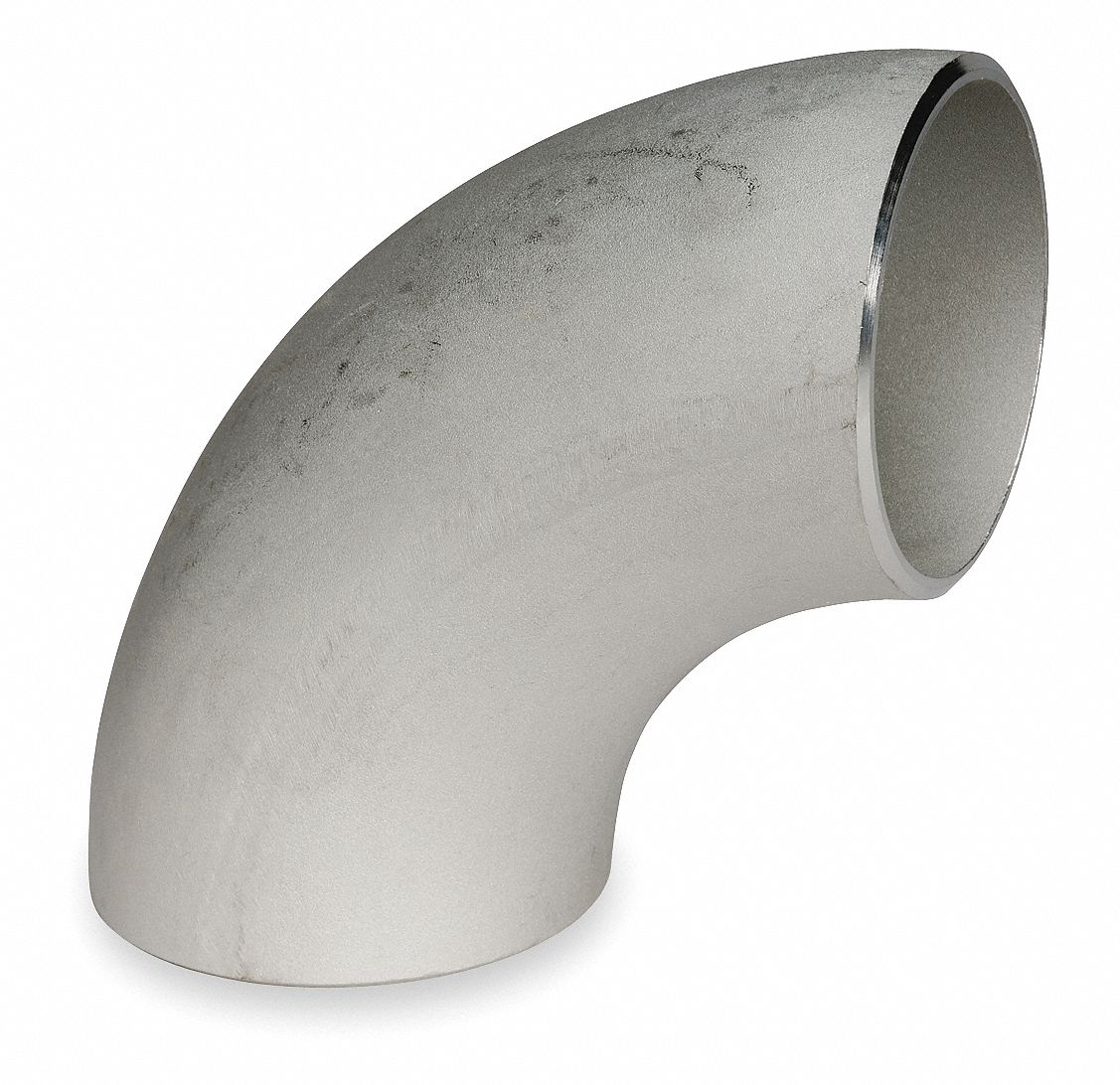-
Cangzhou Yulong Steel Co., Ltd.
-
Phone:
+86 13303177267 -
Email:
admin@ylsteelfittings.com
- English
- Arabic
- Italian
- Spanish
- Portuguese
- German
- kazakh
- Persian
- Greek
- French
- Russian
- Polish
- Thai
- Indonesian
- Vietnamese
- Zulu
- Korean
- Uzbek
- Hindi
- Serbian
- Malay
- Ukrainian
- Gujarati
- Haitian Creole
- hausa
- hawaiian
- Hebrew
- Miao
- Hungarian
- Icelandic
- igbo
- irish
- Japanese
- Javanese
- Kannada
- Khmer
- Rwandese
- Afrikaans
- Albanian
- Amharic
- Armenian
- Azerbaijani
- Basque
- Belarusian
- Bengali
- Bosnian
- Bulgarian
- Catalan
- Cebuano
- China
- China (Taiwan)
- Corsican
- Croatian
- Czech
- Danish
- Esperanto
- Estonian
- Finnish
- Frisian
- Galician
- Georgian
- Kurdish
- Kyrgyz
- Lao
- Latin
- Latvian
- Lithuanian
- Luxembourgish
- Macedonian
- Malgashi
- Malayalam
- Maltese
- Maori
- Marathi
- Mongolian
- Myanmar
- Nepali
- Norwegian
- Norwegian
- Occitan
- Pashto
- Dutch
- Punjabi
- Romanian
- Samoan
- Scottish Gaelic
- Sesotho
- Shona
- Sindhi
- Sinhala
- Slovak
- Slovenian
- Somali
- Sundanese
- Swahili
- Swedish
- Tagalog
- Tajik
- Tamil
- Tatar
- Telugu
- Turkish
- Turkmen
- Urdu
- Uighur
- Welsh
- Bantu
- Yiddish
- Yoruba

Nov . 23, 2024 17:24 Back to list
bending rigid metal conduit
Understanding Bending Rigid Metal Conduit A Comprehensive Guide
Rigid metal conduit (RMC) is an essential component in electrical installations, widely used for protecting and routing electrical wiring. Its durability and strength make it an ideal choice for various applications, particularly in harsh environments. A crucial aspect of working with RMC is the bending process, which allows installers to create appropriate pathways for wires while maintaining the conduit’s structural integrity. This article explores the fundamentals of bending rigid metal conduit, techniques, tools, and best practices.
The Basics of Rigid Metal Conduit
Rigid metal conduit is typically made of steel or aluminum, providing excellent protection against physical damage, moisture, and electromagnetic interference. It comes in standard lengths and diameters, which can be cut to specific sizes during installation. However, to accommodate the layout of a building or facility, bending the conduit is often necessary to navigate corners, obstacles, or changes in direction.
Techniques for Bending RMC
There are several bending techniques when working with rigid metal conduit. The most common methods include
1. Using a Conduit Bender A conduit bender is a specialized tool designed for bending RMC precisely. This tool comes in different sizes to match various conduit diameters. To use a conduit bender, the installer places the conduit in the bender, aligns it at the desired angle, and then applies force while ensuring a smooth bend occurs without kinks or distortions.
2. Using a Hydraulic Bender For larger or thicker conduits, hydraulic benders provide the necessary power to create accurate bends with less effort. These machines utilize hydraulic force to bend the conduit, making them ideal for high-volume or industrial applications.
3. Heat Bending In some instances, heating the conduit can facilitate bending. Heating the metal minimizes the risk of cracking or breaking the material. However, care must be taken to apply even heat and avoid overheating, which can weaken the metal.
bending rigid metal conduit

Tools Required
To bend rigid metal conduit effectively, several tools are essential
- Conduit Bender As mentioned earlier, this is the primary tool for bending. - Tape Measure Accurate measurements are crucial for planning bends. - Marker Marking the conduit helps ensure that bends are made at the correct points. - Level and Square These tools ensure that the conduit is installed evenly and aligns with other structures.
Best Practices
When bending RMC, following best practices will lead to safer and more effective installations
- Know the Code Requirements Understanding local electrical codes is critical, as they govern the installation and use of conduit. - Plan Your Bends Measure and mark carefully before bending to avoid unnecessary cuts and alterations. - Avoid Overbending Overbending can lead to stress points and weaken the conduit. Aim for smooth, gradual bends.
Conclusion
Bending rigid metal conduit is a skill that requires precision and practice. By understanding the techniques, utilizing the proper tools, and adhering to best practices, installers can create well-structured pathways for electrical wiring that are both functional and compliant with safety standards. With experience, bending RMC can become a straightforward process, contributing to efficient and reliable electrical systems in various settings.
Latest news
-
ANSI 150P SS304 SO FLANGE
NewsFeb.14,2025
-
ASTM A333GR6 STEEL PIPE
NewsJan.20,2025
-
ANSI B16.5 WELDING NECK FLANGE
NewsJan.15,2026
-
ANSI B16.5 SLIP-ON FLANGE
NewsApr.19,2024
-
SABS 1123 FLANGE
NewsJan.15,2025
-
DIN86044 PLATE FLANGE
NewsApr.19,2024
-
DIN2527 BLIND FLANGE
NewsApr.12,2024
-
JIS B2311 Butt-Welding Fittings LR/SR 45°/90° /180°Seamless/Weld
NewsApr.23,2024











